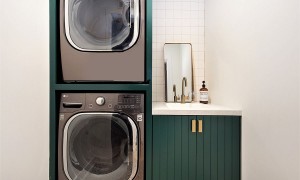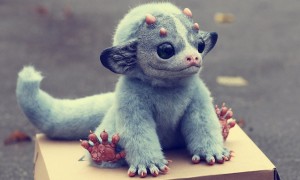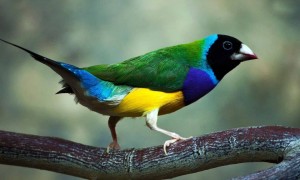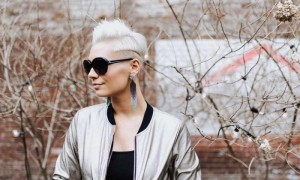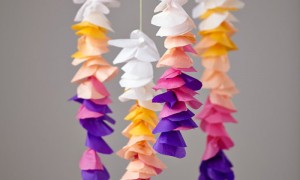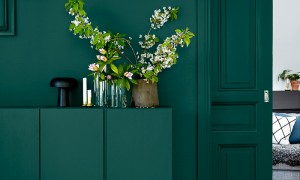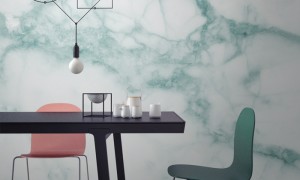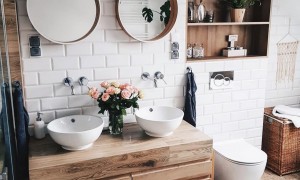Body and beauty standards are always shifting. Not only do they vary across culture, but they also tend to change over time. Keep reading to delve into the evolution of beauty standards through the decades.


Ancient Egypt
The ideal woman in ancient Egypt (1292-1069 B.C.) was slender. She had a high waist, narrow shoulders, as well an asymmetrical face. It was ok for Egyptian women to be independent, to have premarital sex and divorce their husbands without negative consequences.
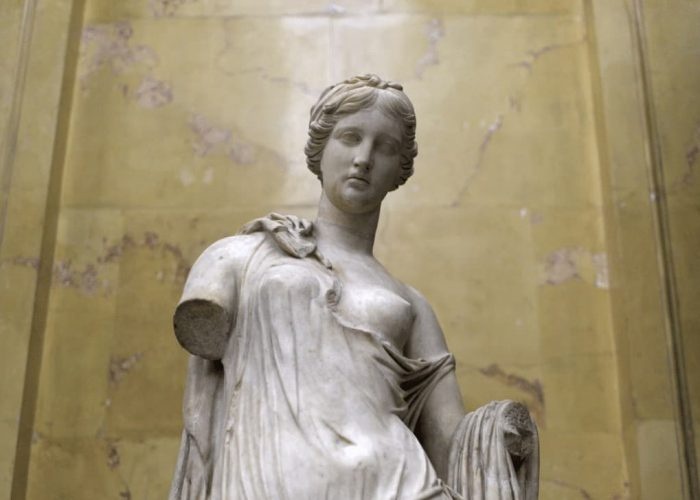
Ancient Greece
According to ancient Greek beauty standards (500-300 B.C.), the ideal woman should have light skin, as well as a plump body. It is interesting to mention that ancient Greek society placed less importance on female beauty. This is so because people perceived women’s bodies as ‘disfigured’ versions of men’s ones.
In ancient Greece, male physical beauty was a sign of a good character. However, being a beautiful woman spelt trouble. This was so because an attractive woman (i.e., Helen of Troy) could easily turn into a weapon of mass destruction.
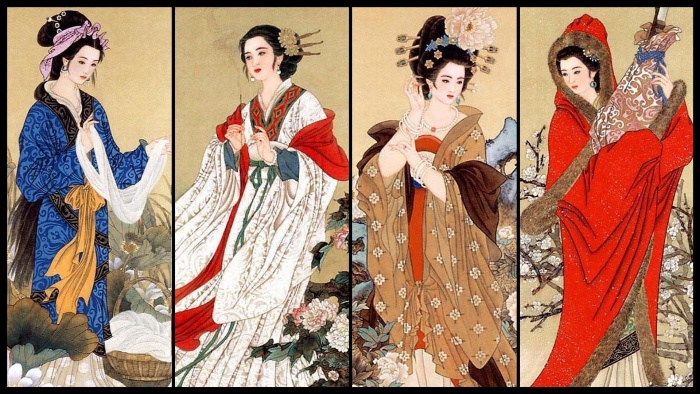
Ancient China
For centuries, Chinese people have been favouring ultra-feminine pale women who have small feet, large eyes and a slim waist. Beauty standards during the Han Dynasty (206 B.C. – 220 A.C.) also included white teeth, red lips and long black hair.
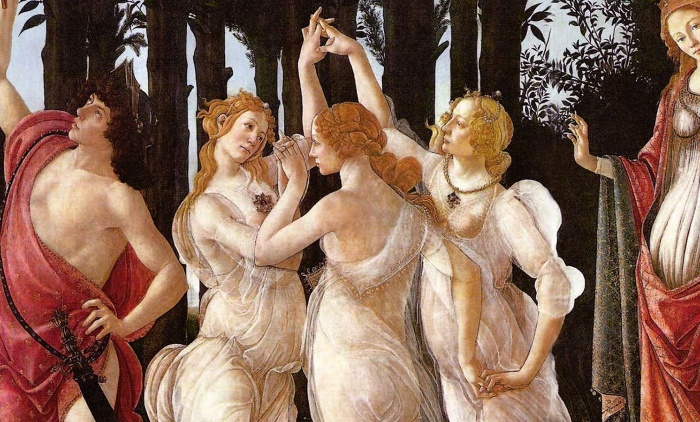
Italian Renaissance
According to Italian Renaissance beauty standards (1400-1700), the ideal woman has light skin, light hair and a full body. The most important wife’s duty during that historical period was to reflect her husband’s status. This referred both to outward appearance and behaviour. Therefore, Renaissance women had round stomachs and full hips.
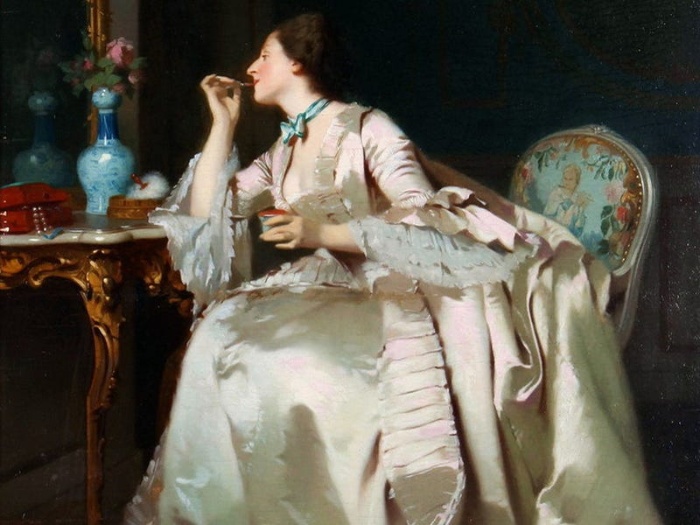
Victorian England
The feminine beauty ideal has kept on significantly changing in the last centuries, too. In Victorian England (1837-1901) the ideal woman had a full figure and was desirably plump. Nevertheless, women also used to cinch their waists with tight corsets so they could look like an hourglass.
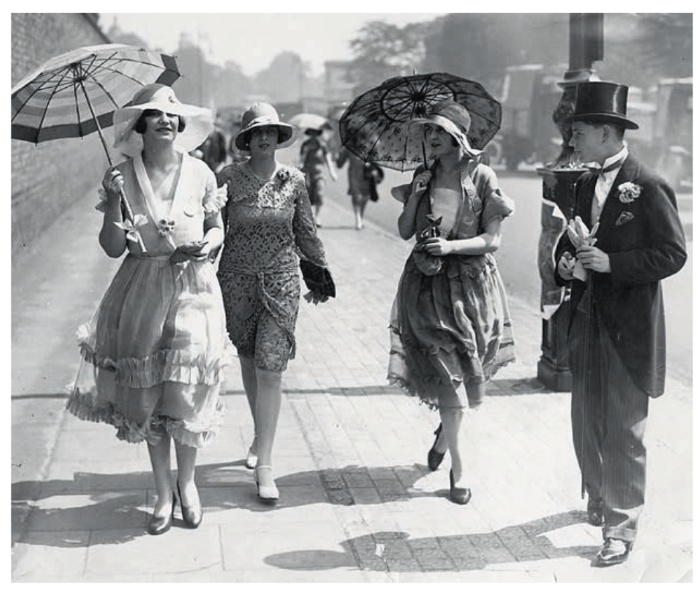
20th and 21st Century
In the 1920s women often shortened their hair and flattened their chest in order to achieve an androgynous look. Yet, in the Golden Age of Hollywood (1930-1950) the ideal woman had rather large breasts, curves and a slim waist.
Next, in the Swinging Sixties, most people favoured a thin teenage body look. On the other hand, the Supermodel Era (the 1980s) was all about exercise and being fit, not only slim.
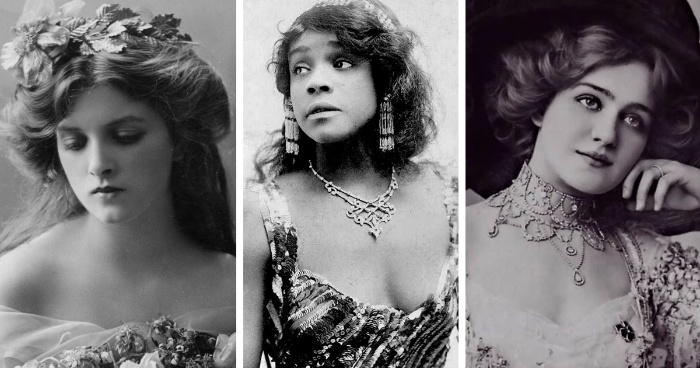
Later on, the ideal body type in the Heroin Chic Era (the 1990s) was once again androgynous, frail and extremely thin. Nevertheless, Postmodern beauty now is all about being healthy skinny and having a flat stomach and large bust.
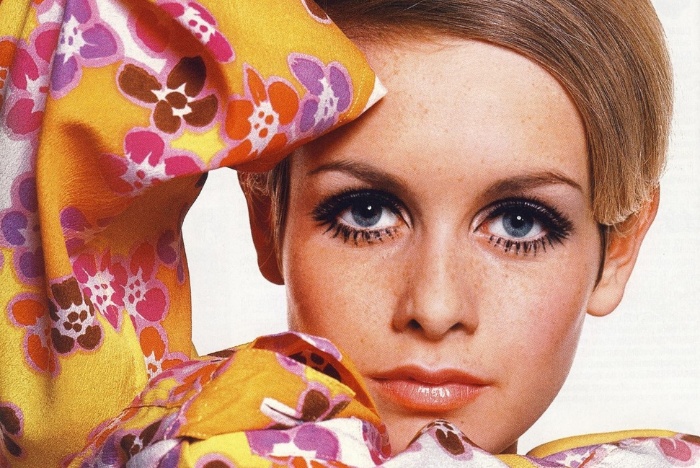
As you can see, there have been significant changes in beauty standards over time. We hope that this will act as a valuable reminder that our self-esteem should not depend on temporary beauty standards.

